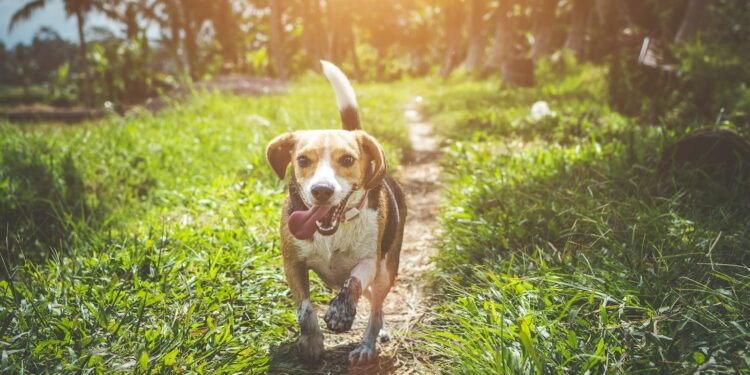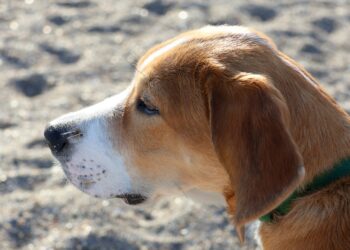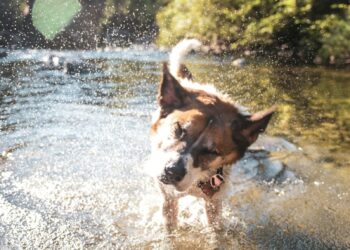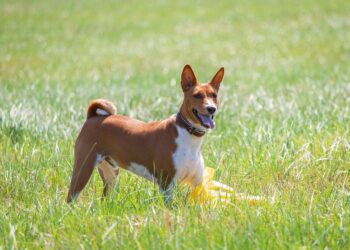Beagles are known for their hunting skills and tracking abilities, but can they do agility training? The answer is a resounding yes! Beagles are very intelligent and energetic dogs which makes them perfect candidates for agility training. With the right training and guidance, beagles can excel in agility courses and become champions.
Contents
What is Agility Training?
Agility is a dog sport that involves running through an obstacle course. The course is designed to test the dog’s speed, agility, and intelligence. Agility training teaches dogs to navigate different obstacles such as jumps, tunnels, weave poles, and A-frames. It requires precision, speed, and obedience from both the dog and its handler.
Benefits of Agility Training
Agility training has several benefits for both the dog and the owner. It provides an excellent form of exercise for the dog and helps keep them physically and mentally stimulated. It also strengthens the bond between the dog and the owner as they work together to navigate the course. Agility training is also a great way to develop the dog’s agility, coordination, and balance.
What Makes Beagles Good for Agility Training
One of the main reasons beagles are good for agility training is their intelligence. They are very smart dogs and can quickly learn new commands and tricks. Beagles are also very active and playful, which makes them perfect for agility training. They have a lot of energy and stamina, which is important for an agility course that requires speed and endurance.
Another advantage of beagles is their size. They are medium-sized dogs that are neither too big nor too small. This makes them easy to handle and maneuver through the course. Beagles are also very agile and can easily jump over hurdles and navigate through tunnels.
Training Beagles for Agility
Training beagles for agility requires a lot of patience, consistency, and positive reinforcement. It is important to start training your beagle at a young age, preferably when they are puppies. This way, they have time to develop the necessary skills and strength needed for the agility course.
The first step in training your beagle for agility is basic obedience training. This includes commands such as sit, stay, come, and heel. Once your beagle has mastered these commands, you can start introducing them to agility obstacles such as jumps, tunnels, and weave poles.
When introducing your beagle to new obstacles, it is important to start with low heights and easy courses. Gradually increase the height and difficulty level as your beagle becomes more confident and experienced. Always use positive reinforcement such as treats and praise to encourage good behavior and progress.
FAQs
At what age should I start agility training with my beagle?
It is best to start agility training when your beagle is a puppy, between 6-12 months old. This way, they have time to develop the necessary skills and strength needed for the agility course.
Can beagles be trained for agility courses?
Yes, beagles can be trained for agility courses. They are very intelligent and energetic dogs which makes them perfect candidates for agility training.
How long does it take to train a beagle for agility?
Training time can vary depending on the dog’s personality, age, and experience level. On average, it can take anywhere from 6 months to a year to train a beagle for agility.
What do I need to get started with agility training for my beagle?
You will need a spacious open area, agility equipment such as jumps, tunnels, and weave poles, and treats or toys for positive reinforcement.
Can older beagles be trained for agility?
Yes, older beagles can be trained for agility courses, but it may take longer for them to develop the necessary skills and strength needed for the course.
Conclusion
In conclusion, beagles make great candidates for agility training. They are intelligent, energetic, and agile dogs that enjoy new challenges. With proper training and guidance, beagles can excel in agility courses and become champions. Agility training is an excellent way to keep your beagle physically and mentally stimulated while also strengthening the bond between you and your furry friend.
More:















